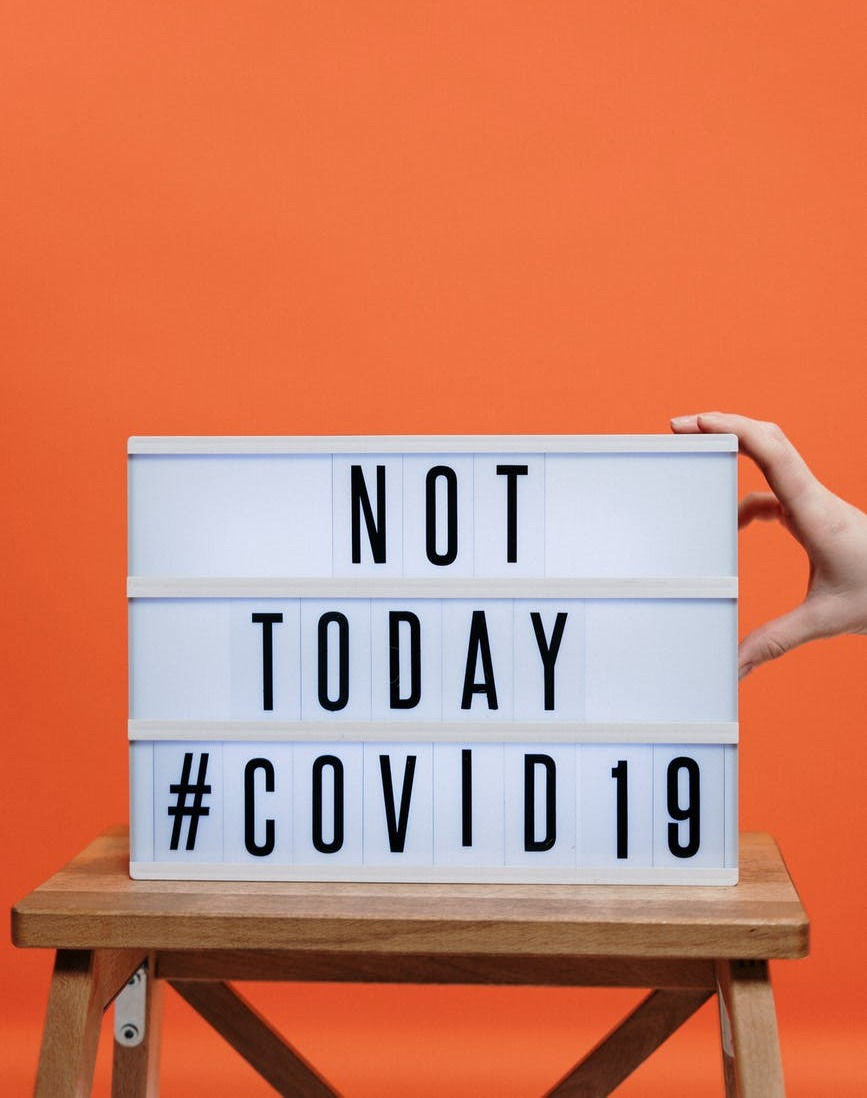The constant uncertainty surrounding the COVID-19 pandemic has produced increased anxiety for many people.
According to Professor Martin Seligman - the founder of Positive Psychology - one reason we experience anxiety during times of uncertainty is because of our mind's natural tendency to "catastrophize": that is, to automatically think of the worst possible outcome in a situation. It is likely that our mind's naturally do this because such thinking once served an evolutionary purpose, in helping our ancestors escape great danger ("Don't go over there, there might be a tiger!"). However, the worst possible outcome tends to be unrealistically negative, and focusing on it can lead to fear and anxiety. Aside from this not feeling very nice, the downside is that it may also hinder our ability to prepare for the most likely scenario.
To help reduce anxiety during times of uncertainty, Professor Seligman suggests a simple exercise called “Put It In Perspective”. The exercise involves four steps:
Think of the worst-case scenario (which our minds naturally tend to do first),
Consider the best-case scenario,
Finish with the most likely scenario, and
Prepare for the most realistic scenario.
According to Professor Seligman, the idea of the Put It In Perspective exercise is to "redirect your thoughts from irrational to rational.”
Below are Professor Seligman‘s responses to this exercise in relation to managing COVID-19 uncertainty (as taken from an interview with Berger, 2020 conducted at the start of the pandemic):
Step 1: Ask Yourself, What is the Worst Possible Outcome?
For Step 1, Seligman offers an example of his own situation, being a 77 year old man living in the United States. He reports his gravest thoughts often go to the worst "I am sure to get infected... Once infected, I will get a severe case, and being in my 70s I will die.”
Step 2: Force Yourself to Think about the Best Possible Outcome
For Step 2, Seligman reports, “I will not get infected, nor will any of my family. This will blow over, and we’ll all be fine.”
Step 3: Consider What is Most Likely to Happen
For Step 3, Seligman's most realistic outcome is: “I will probably eventually get infected, but like most adults my symptoms will be nonexistent or mild. Even though I am in the age of risk, I am perfectly fit, so I will likely just be uncomfortably ill for a week or so and then recover.”
Step 4: Develop a Plan for the Most Realistic Scenario
For Step 4, Seligman recommends coming up with a plan for what could be a difficult situation. For example, if you do get sick, do you need to arrange child care? If you have to stay home, do you have enough food and first aid supplies?
Evidence shows that the "Put It In Perspective" exercise - that is, realising when you are focusing on the worst possible outcome in a situation, and restructuring your thinking to refocus on a more realistic outcome - is effective in promoting wellbeing in many different circumstances.
***Please note, the psychbuddy website is not intended to be a substitute for advice, diagnosis or treatment of a mental illness, and is not intended to constitute medical advice."
If you are feeling worried or struggling to cope with the COVID-19 pandemic, call Beyond Blue's Coronavirus Mental Wellbeing Support Line at 1800 512 348, or chat with a trained mental health professional here.
If you would like to seek further help regarding your mental health, services are listed here. ***

Note. This article is adapted from Berger, M. W. (2020). A simple exercise to help stay calm in the face of coronavirus uncertainty. Penn Today. Available at https://penntoday.upenn.edu/news/tips-to-help-stay-calm-amid-coronavirus-COVID19-uncertainty

Comments